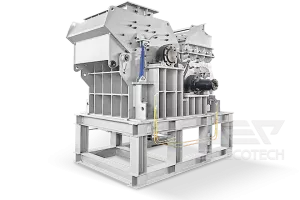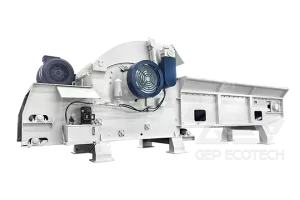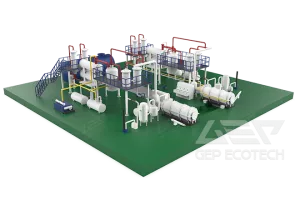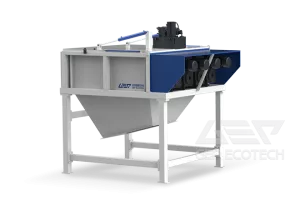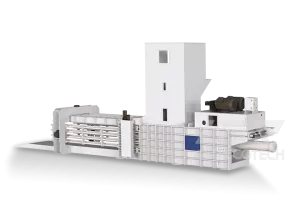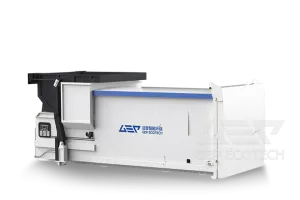1. Disposal method of waste concrete
- Primary disposal methods: Most of these methods adopt landfill methods, where waste concrete is crushed, screened, and then processed through relevant processes to be used in the foundation and general road foundation cushion of construction projects. Currently, about 90% of waste concrete relies on this method for disposal.
- Midrange disposal methods: The middle end disposal method of waste concrete is to make it into recycled blocks. After crushing, screening, washing, and drying the waste concrete, it is produced into recycled aggregates, which are mixed and mixed with materials such as cement, sand, and additives to produce recycled blocks.
- High end disposal methods: The more high-end disposal method for waste concrete is to transform it into recycled concrete. Crush concrete waste, dispose of it through screening, washing, drying, and other methods, and process it to obtain coarse and fine recycled aggregates, which can replace some natural coarse and fine aggregates to obtain recycled concrete. This type of method can reduce the production rate of concrete waste on the one hand; On the other hand, it reduces the consumption of natural resources during construction.
2. Disposal methods for broken bricks and tiles
- Filter out broken bricks and tiles, select relatively complete bricks and tiles for cleaning, and then use them in engineering construction.
- Crush the broken bricks and tiles and apply them as aggregates in the processing of recycled blocks. Some recycled aggregates can replace the clay raw materials of porous and hollow bricks.
- The broken bricks and tiles are burned at high temperature to make them become the coal slurry needed for the production of building gel.
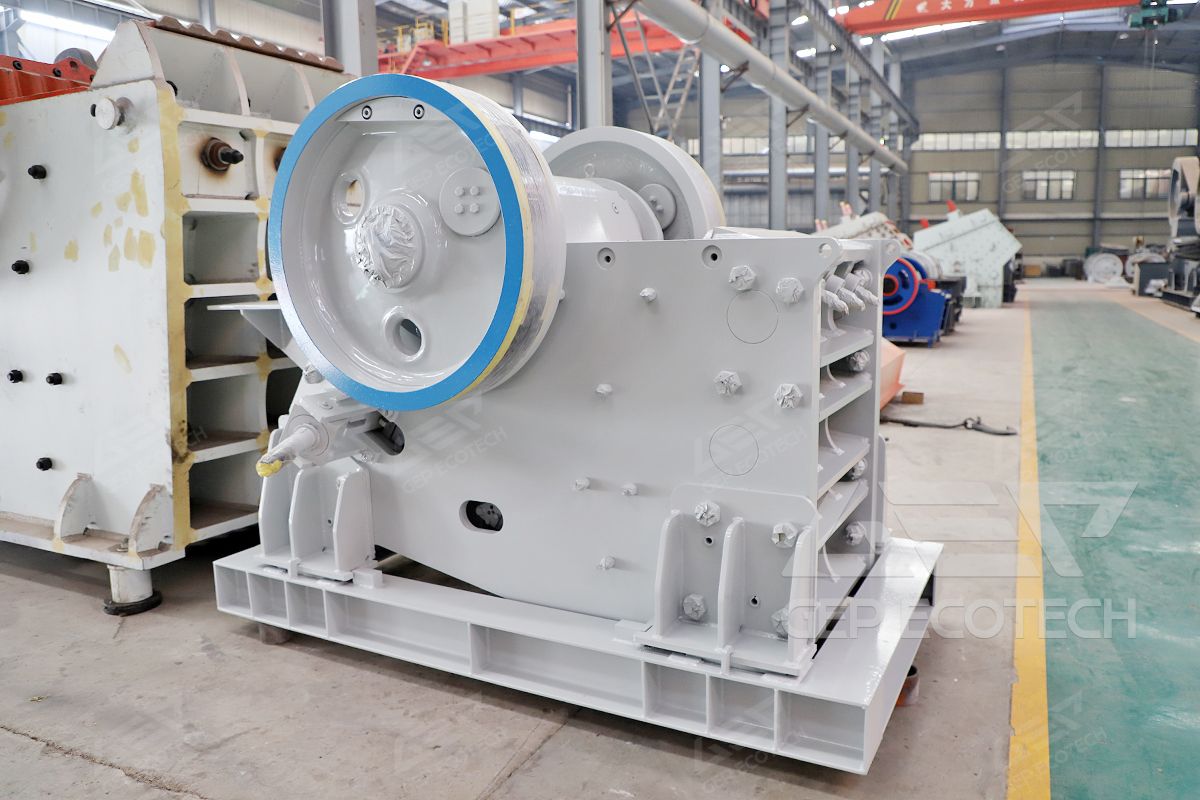
3. Disposal methods for waste steel bars
Most of the waste steel bars can be directly reused. If waste steel bars are difficult to directly utilize or may affect the quality of the building, they can be recycled and melted to produce new steel. The relevant research results indicate that nearly 25% of the section steel and over 80% of the steel bars used in buildings are finished steel bars produced using recycled waste steel bars as raw materials.
4. Disposal methods for waste wood and bamboo products
- After manual screening, it can be directly reused.
- In the process of processing bamboo and wood templates, the "three wastes" of bamboo and wood are generated, namely wood and bamboo powder, edge waste, wood and bamboo shavings, etc. These wastes usually use environmentally friendly adhesive bonding, hot pressing, surface treatment and other technical means to produce bamboo and wood scraps or other products that meet the requirements of technical indicators.
- Select waste bamboo wood that meets the requirements for strength and hardness, and make it into small wooden blocks required for construction, which can be used to replace lightweight aggregates in the production of lightweight concrete.
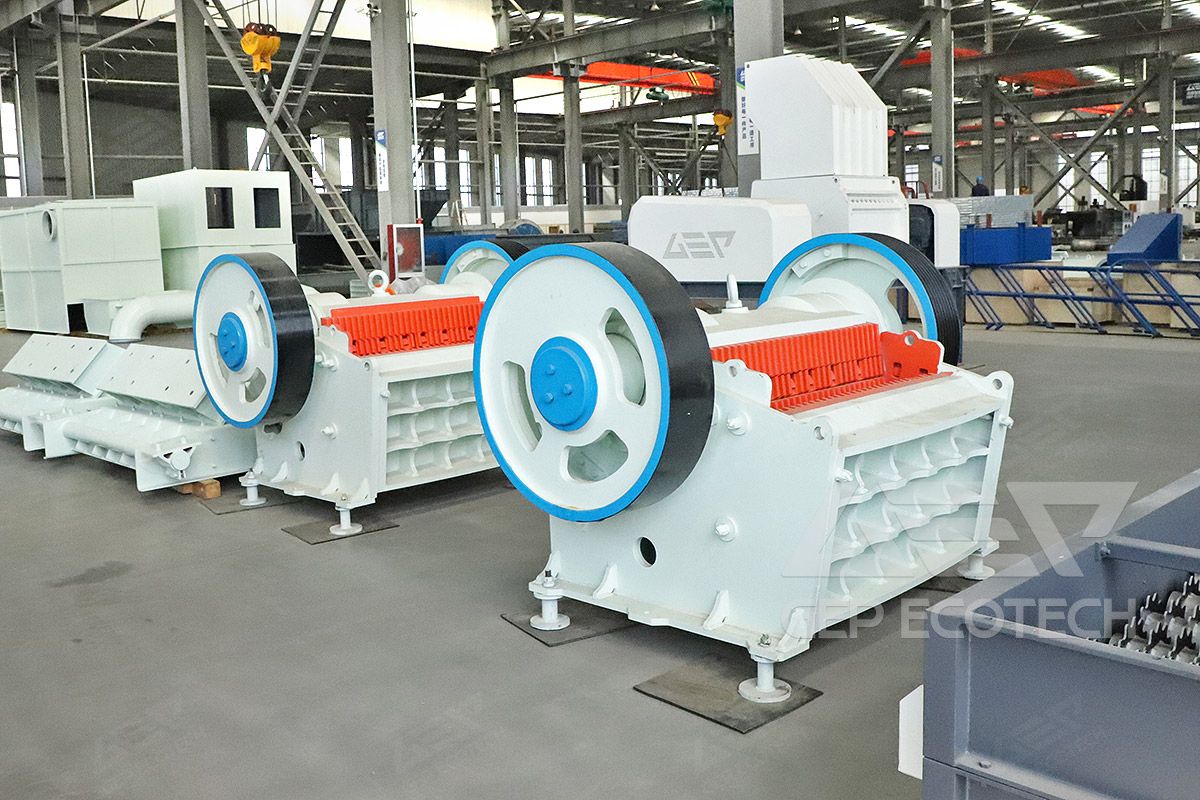
5. Disposal methods for waste glass
- The old glass removed from the old house should be properly stored and cleaned before it can be put into secondary use.
- Waste glass can be crushed and then used to produce paving bricks. After polishing, the surface of these bricks has a more smooth and beautiful effect, and the paving bricks made of this material are more dense, with extremely low water absorption and stronger compressive performance.
- Waste glass can also be broken and processed into fine aggregates. Adding this type of fine aggregate to concrete can greatly enhance its density and strength, often referred to as "glass made concrete". This type of concrete can be used in conjunction with other components, and the fine aggregate made of glass powder in this type of concrete can serve as a volcanic ash material.
- Broken waste glass can be made into fiberglass products, which can be used to produce sound insulation and insulation materials. For example, in Japan, fiberglass is often processed into insulation products, such as glass wool blankets or wool mats.
6. Disposal methods for waste soil
- After burning and melting, it is used to produce products such as clay particles and bricks and tiles.
- Used as backfill after drying and dehydration treatment.
- Disposed of through solidification technology and used as consolidated fill.
7. Disposal methods for waste asphalt
Crushing old asphalt materials and mixing them with binders and sand to produce asphalt aggregates, and using these aggregates to produce recycled asphalt concrete, such recycled asphalt concrete as a new pavement material has significant social and environmental benefits, and can be widely used in road project construction.
With the continuous expansion of global urban construction, a large amount of construction waste needs to be scientifically treated. Construction waste disposal enterprises should cooperate with reliable equipment manufacturing enterprises, such as GEP ECOTECH, and adopt advanced scientific recycling and reuse models to achieve the goal of resource utilization of construction waste, thereby reducing environmental and energy damage and consumption.


